
From the smallest rodents to the largest penguins, this phenomenon plays a crucial role in survival and social dynamics. Understanding the intricacies of huddling behavior provides valuable insights into animals’ adaptive strategies to thrive in diverse environments.
The scientific community defines huddling as a behavior where two or more animals maintain close physical contact 1. This interaction serves various purposes, primarily focusing on thermoregulation and the strengthening of social bonds 2. For endothermic animals, those that generate their own body heat, huddling significantly reduces the costs associated with thermoregulation, especially in cold environments 2. Ectothermic animals, which rely on external sources for body heat, may also huddle to increase their body temperature by clustering together 5. This mutualistic social thermoregulation allows individuals within the group to share in the metabolic heat production, leading to energy conservation and enhanced survival 1.
The diversity of animal species that engage in huddling behavior is remarkable. Mammals, particularly small ones like Brandt’s voles, rats, mice, bats, shrews, and social mongooses such as meerkats, frequently huddle to conserve energy and maintain warmth 1. Even larger mammals like wild boars and southern elephant seals exhibit huddling during resting periods or energetically demanding times like molting 1. Primates, including Japanese macaques (snow monkeys), Tibetan macaques, and snub-nosed monkeys, also huddle, especially in cold mountainous regions 2. Birds are also known to huddle, with examples including emperor and king penguins forming massive, moving huddles, as well as mousebirds, partridges, quails, swallows, pelicans, and cormorants 1. Beyond endotherms, some ectotherms like lizards and snakes, such as boa constrictors and tiger snakes, will cluster tightly together, effectively increasing their body mass and retaining heat 5. Even insects like monarch butterflies and honeybees exhibit forms of huddling for thermoregulation and protection 1.
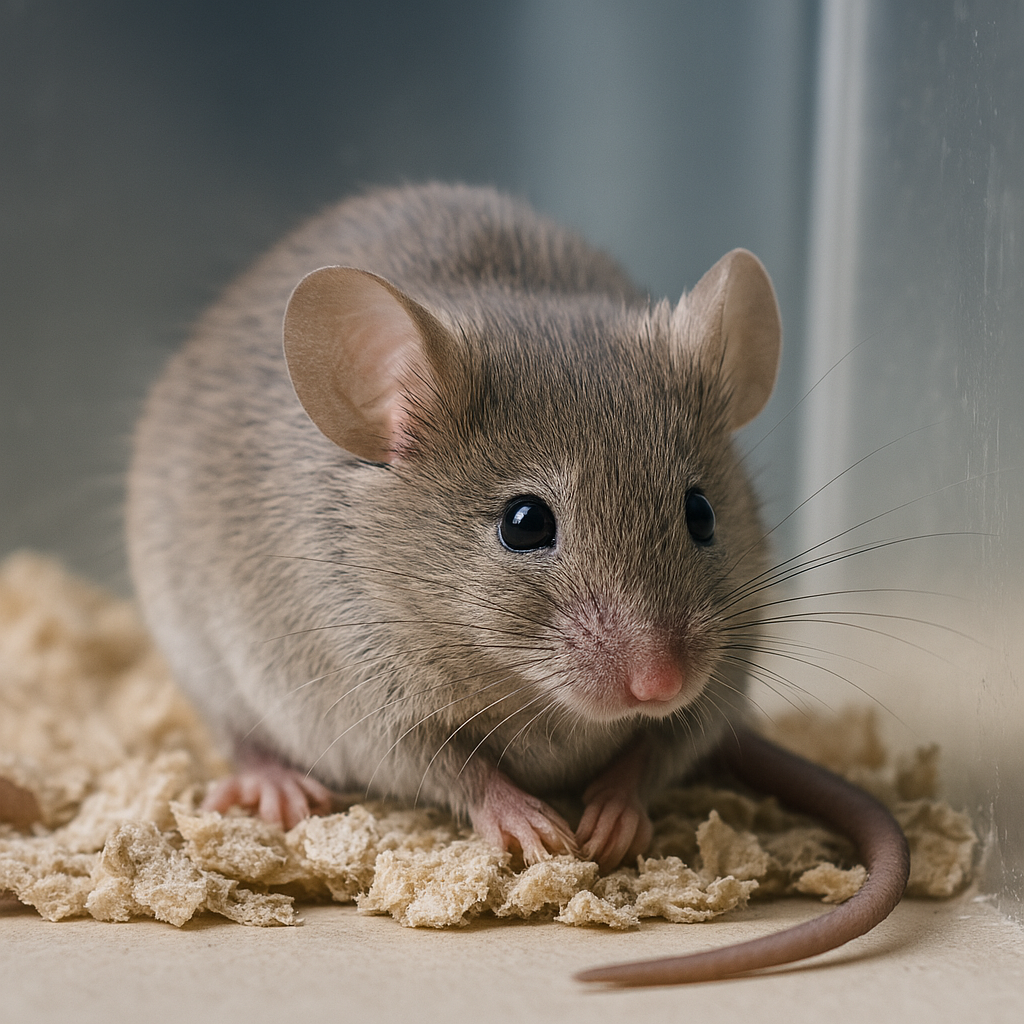
Exploring the realm of huddling behavior reveals several interesting and unique facts. Emperor penguins exhibit moving huddles, where individuals constantly shuffle to ensure no single penguin remains on the cold periphery for too long, demonstrating a remarkable act of cooperation 10. Naked mole rats, highly social mammals, rely on huddling for thermoregulation to such an extent that isolated individuals cannot effectively regulate their body temperature 16. In contrast to the general understanding of energy conservation, studies on Brandt’s voles have shown that huddling can sometimes be associated with increased activity levels, yet still result in overall energy savings due to reduced metabolic rate and other physiological adjustments 8. The optimal size for huddling groups in some species, like African striped mice, is estimated to be around 4-6 individuals, suggesting a balance between maximizing warmth and minimizing competition for space or resources 1.
Despite the intuitive nature of huddling, several common misconceptions surround this behavior. One myth is that a second animal will always alleviate anxiety in a solitary animal; however, in cases like separation anxiety in dogs, the issue is often rooted in the bond with their human caregivers, and another animal may not resolve it 17. Similarly, attributing human emotions or motivations to huddling behavior can lead to misunderstandings 18. For example, the seemingly altruistic “taking turns” at the center of an emperor penguin huddle is more accurately described as individual penguins seeking to minimize their own heat loss, resulting in a dynamic huddle that benefits the group 18. Another misconception is that huddling is solely driven by the need for warmth. While thermoregulation is a primary factor, social dynamics, predator avoidance, and even local social norms can also play significant roles in huddling decisions 2.
Lesser-known aspects of huddling behavior continue to be explored by researchers. Recent studies are delving into the neurobiological mechanisms that drive the decision to join or leave a huddle, identifying specific brain regions involved in this social behavior 20. Huddling in some species exhibits characteristics of a “phase transition,” where the aggregation behavior changes abruptly based on environmental temperature, suggesting a self-organizing system governed by simple local interactions 21. Furthermore, the interplay between huddling and other energy-saving strategies like torpor is being investigated, revealing a synergistic effect where huddling can enhance the benefits and reduce the costs associated with entering a hypometabolic state 24.
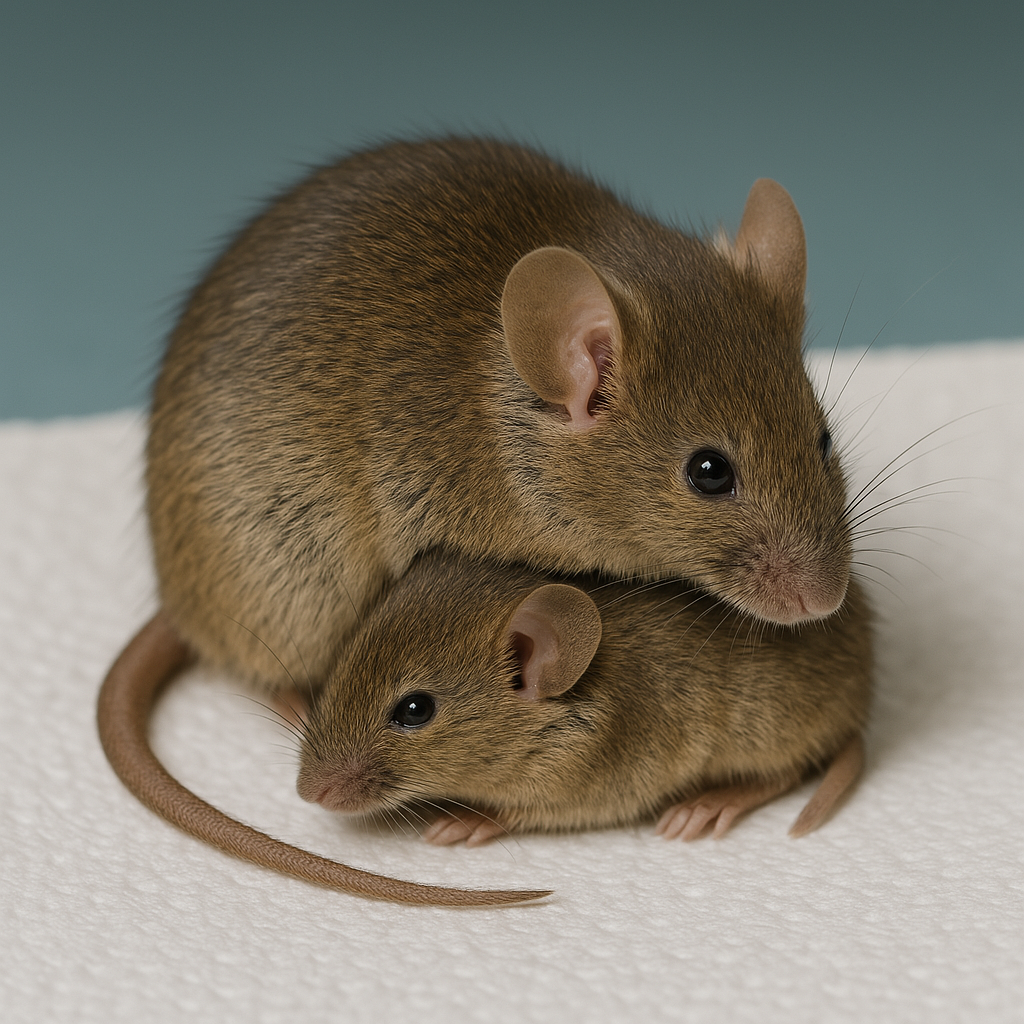
To effectively communicate the science of huddling behavior on social media, visually appealing content is essential. Images and short video clips showcasing diverse animal species engaging in huddling can capture audience attention and illustrate the concept vividly. Examples include:
Short video clips, especially time-lapses of huddle formation and movement, can be particularly engaging 32. Infrared footage revealing the heat generated within a huddle could also provide a compelling visual representation of the thermoregulatory benefits 1.
Conduct Science typically presents scientific information on social media through a combination of engaging visuals, concise explanations, and relatable examples. The tone is generally informative yet accessible, aiming to spark curiosity and foster a deeper understanding of scientific concepts. Content often includes high-quality images or short video clips, accompanied by text that breaks down complex topics into easily digestible points. Hashtags are used effectively to increase discoverability and categorize content within broader scientific themes. Maintaining this style will ensure consistency and resonance with the existing Conduct Science audience.
Huddling behavior is a fascinating and critical adaptation observed across a wide range of animal species. It serves not only as a vital mechanism for thermoregulation, allowing animals to conserve energy and survive in challenging environments, but also plays a crucial role in social bonding and, in some cases, protection. While seemingly simple, the dynamics and underlying
mechanisms of huddling are complex and continue to be a subject of scientific inquiry. By understanding the diverse reasons, benefits, and nuances of this behavior, we gain a deeper appreciation for the remarkable strategies animals employ to thrive in the natural world. Sharing these insights through engaging social media content can foster a greater public interest in animal behavior and the science that underpins it.
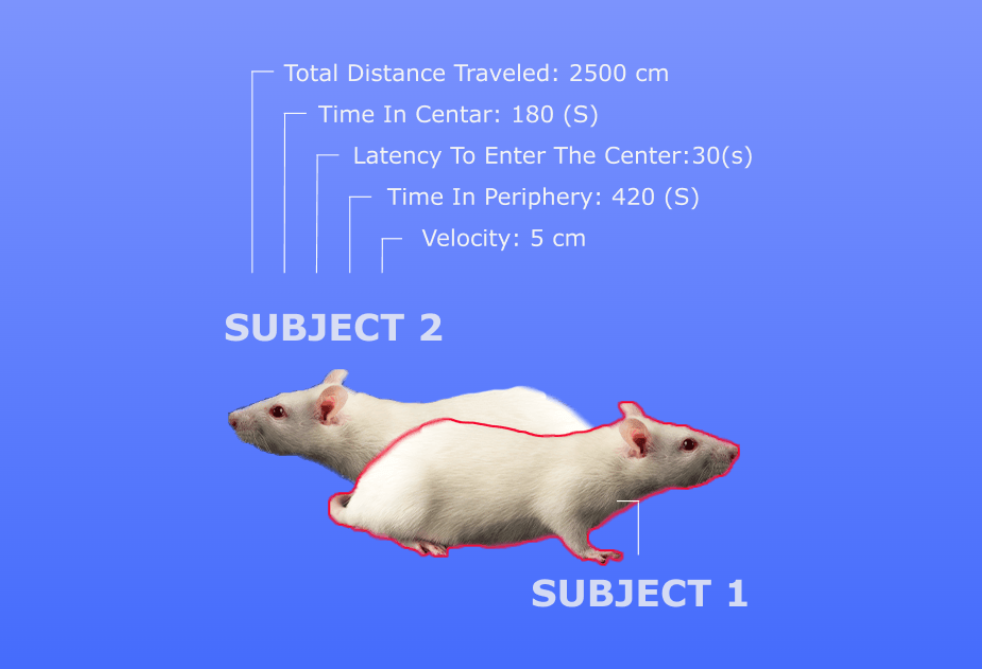



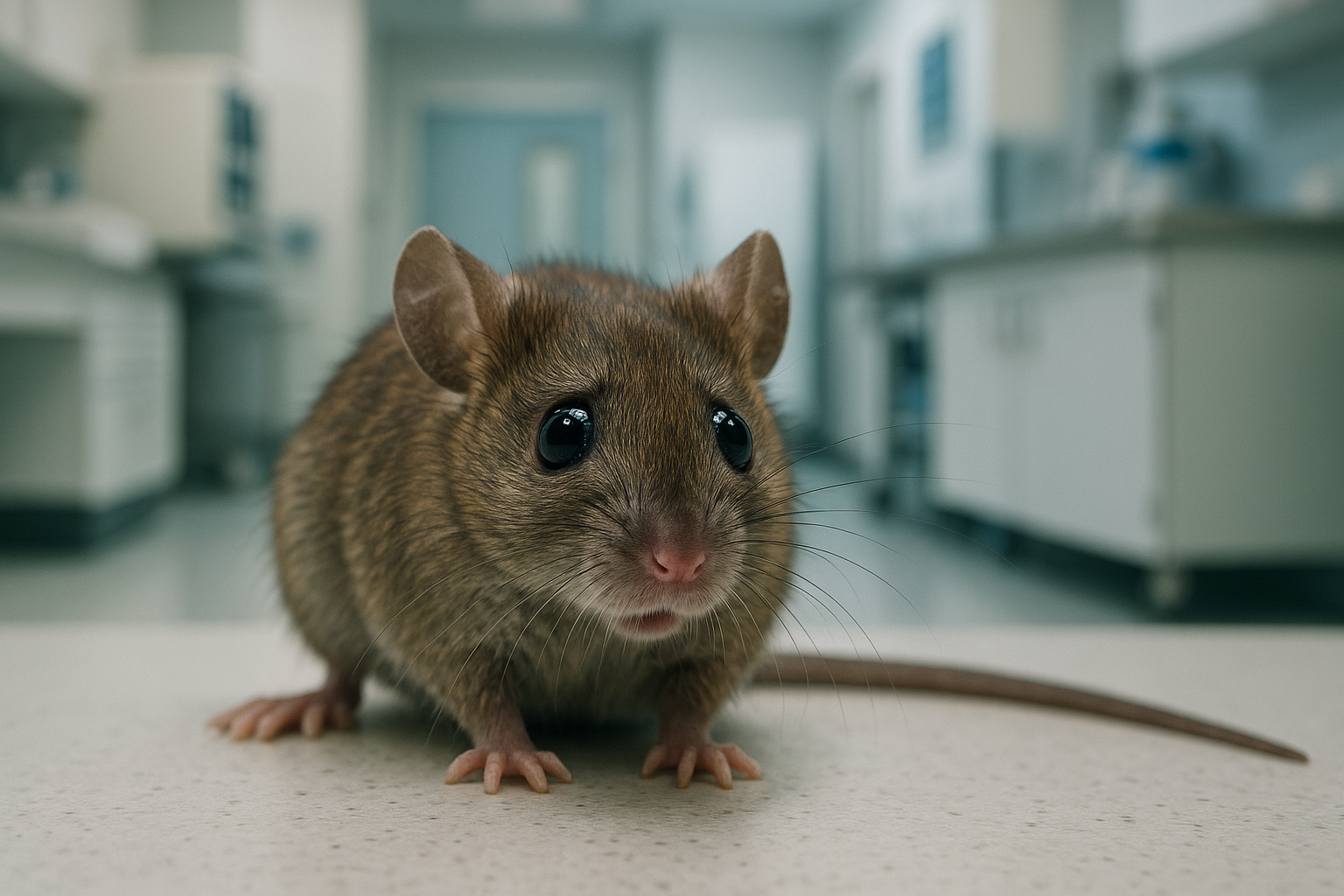

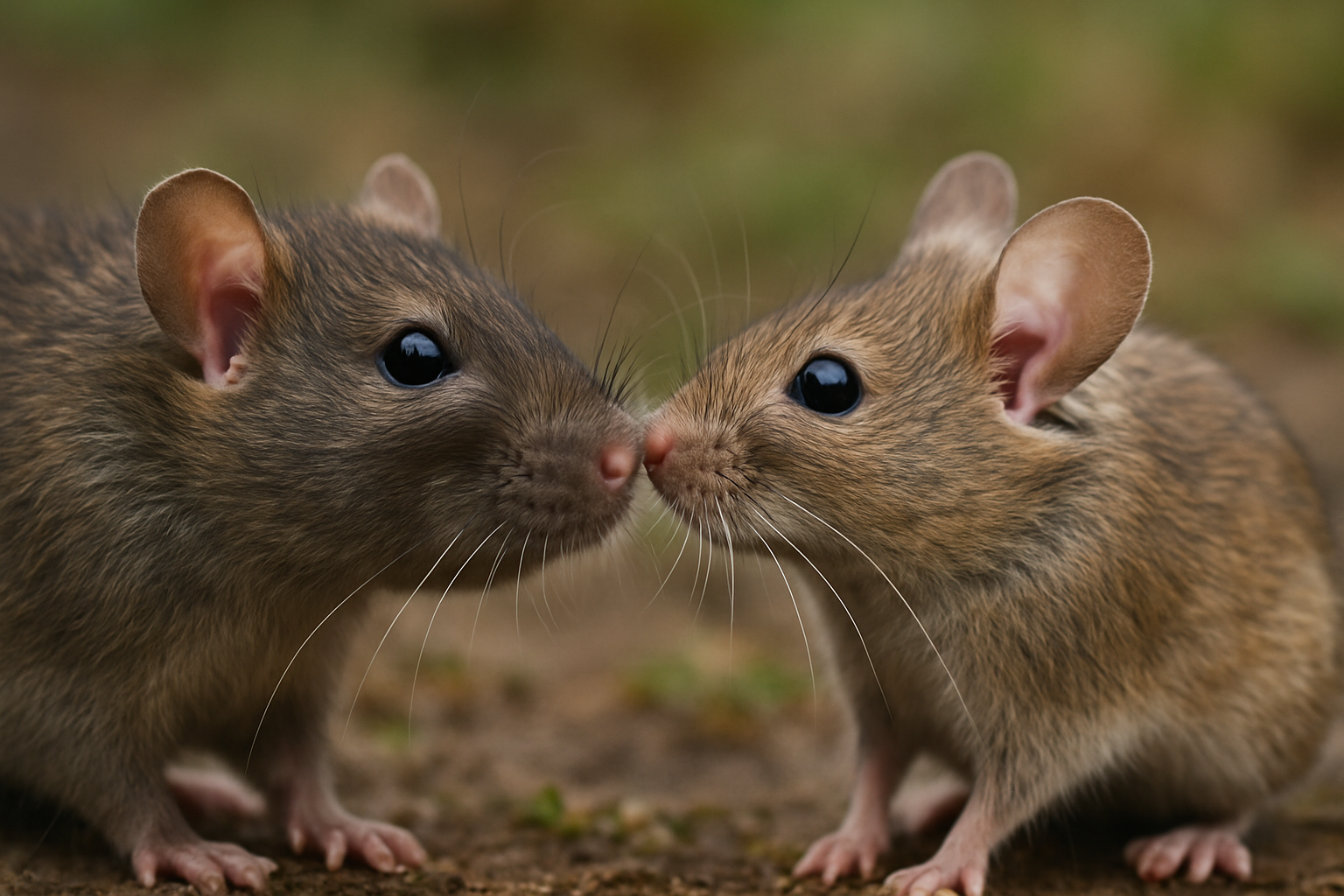
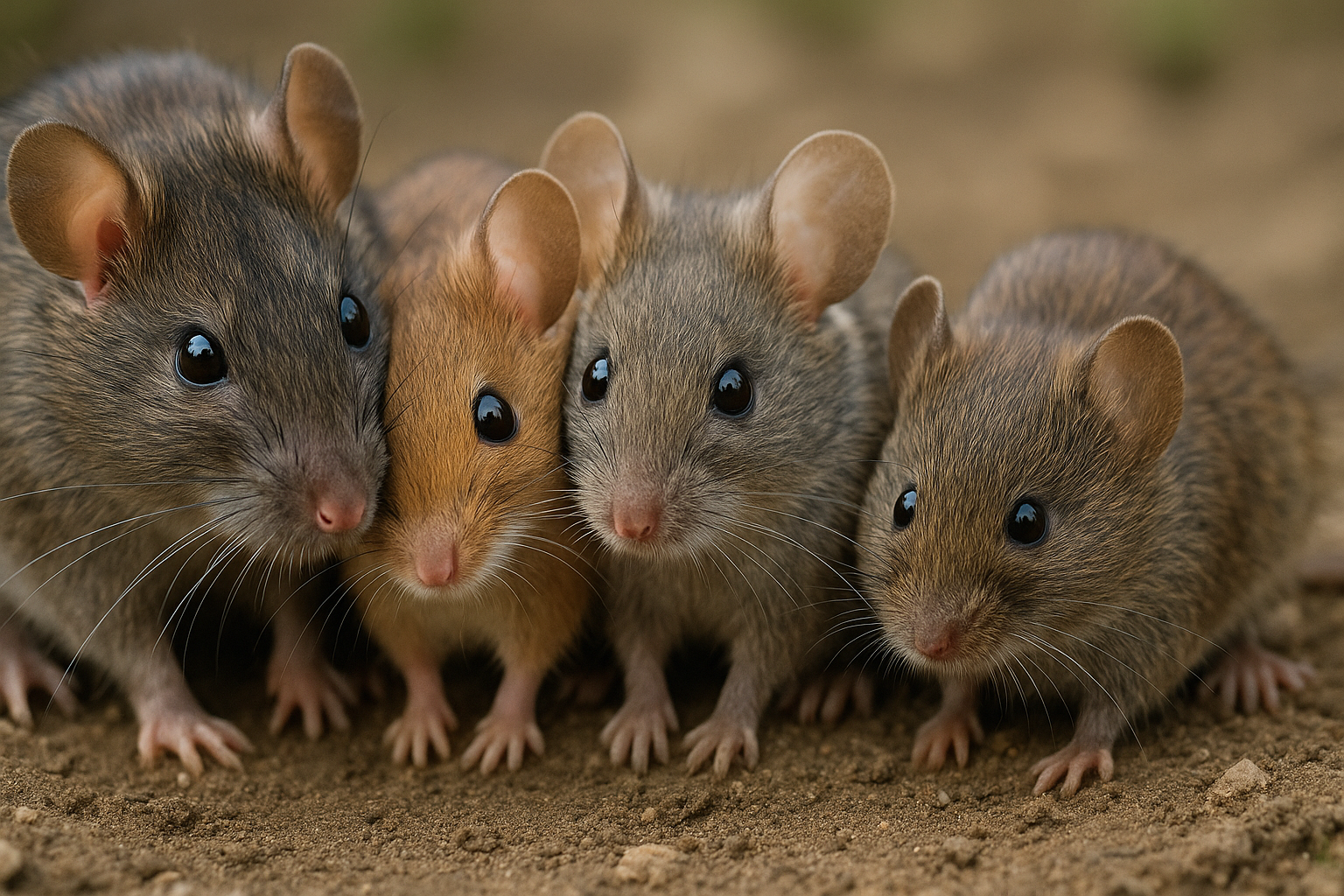
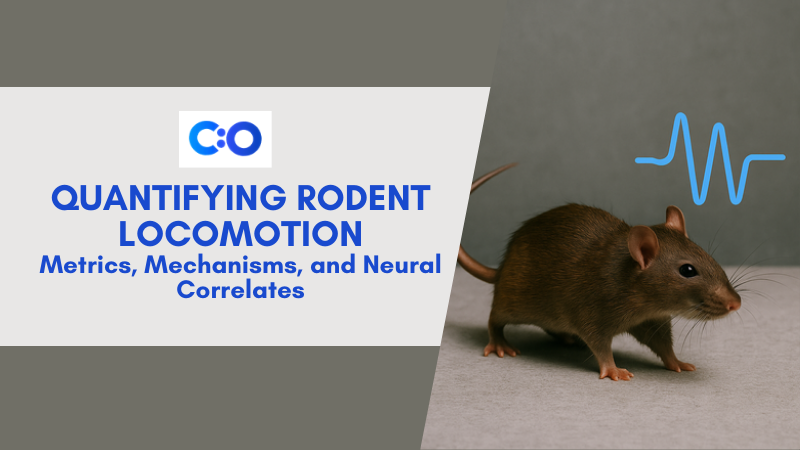

Dr Louise Corscadden acts as Conduct Science’s Director of Science and Development and Academic Technology Transfer. Her background is in genetics, microbiology, neuroscience, and climate chemistry.
